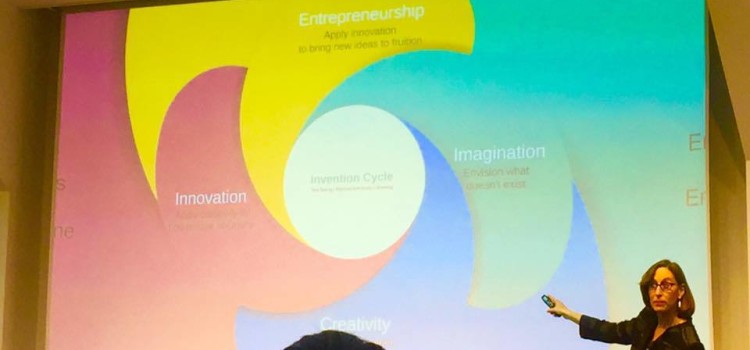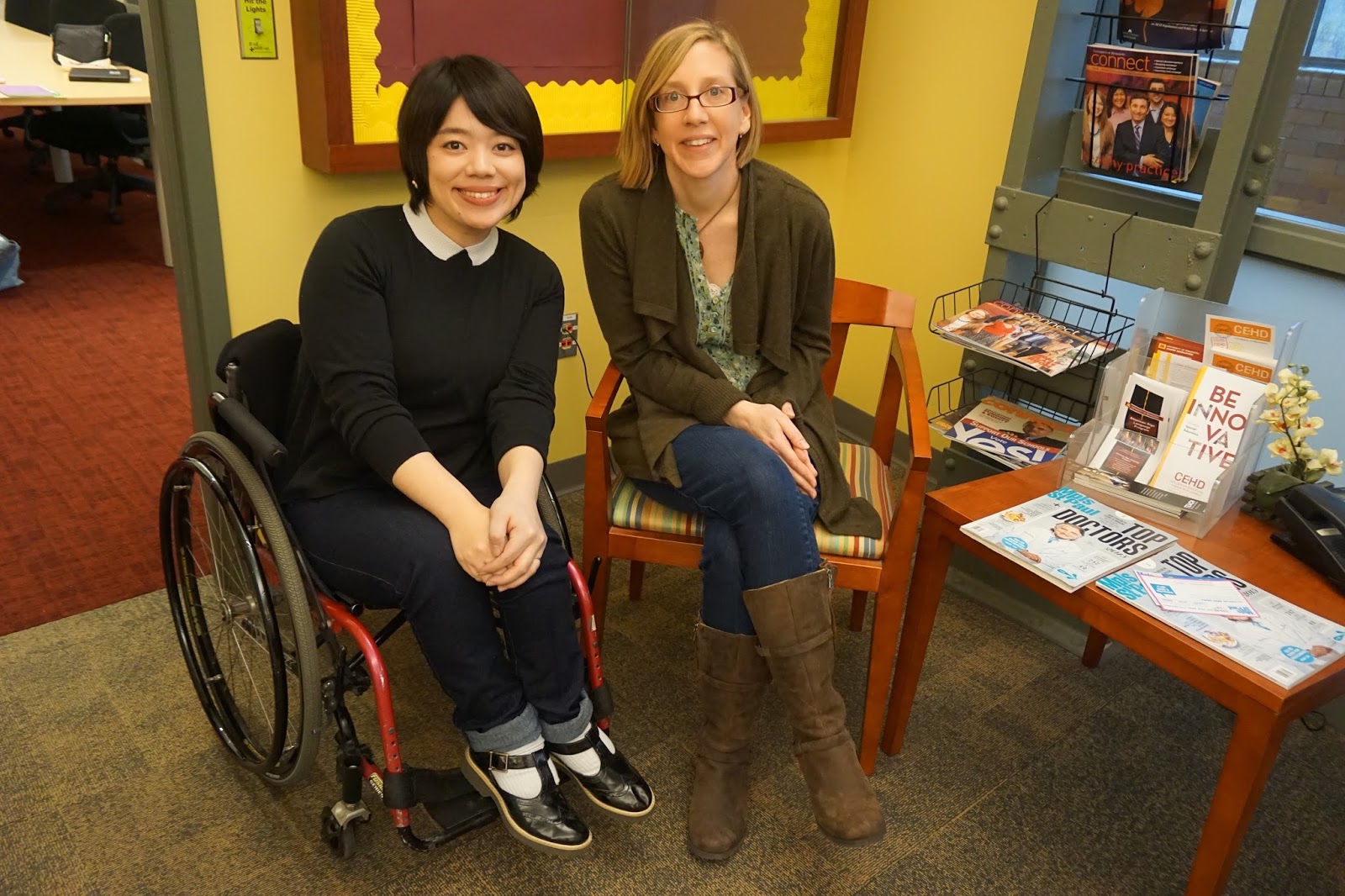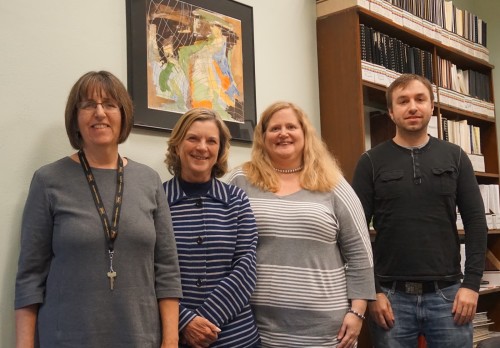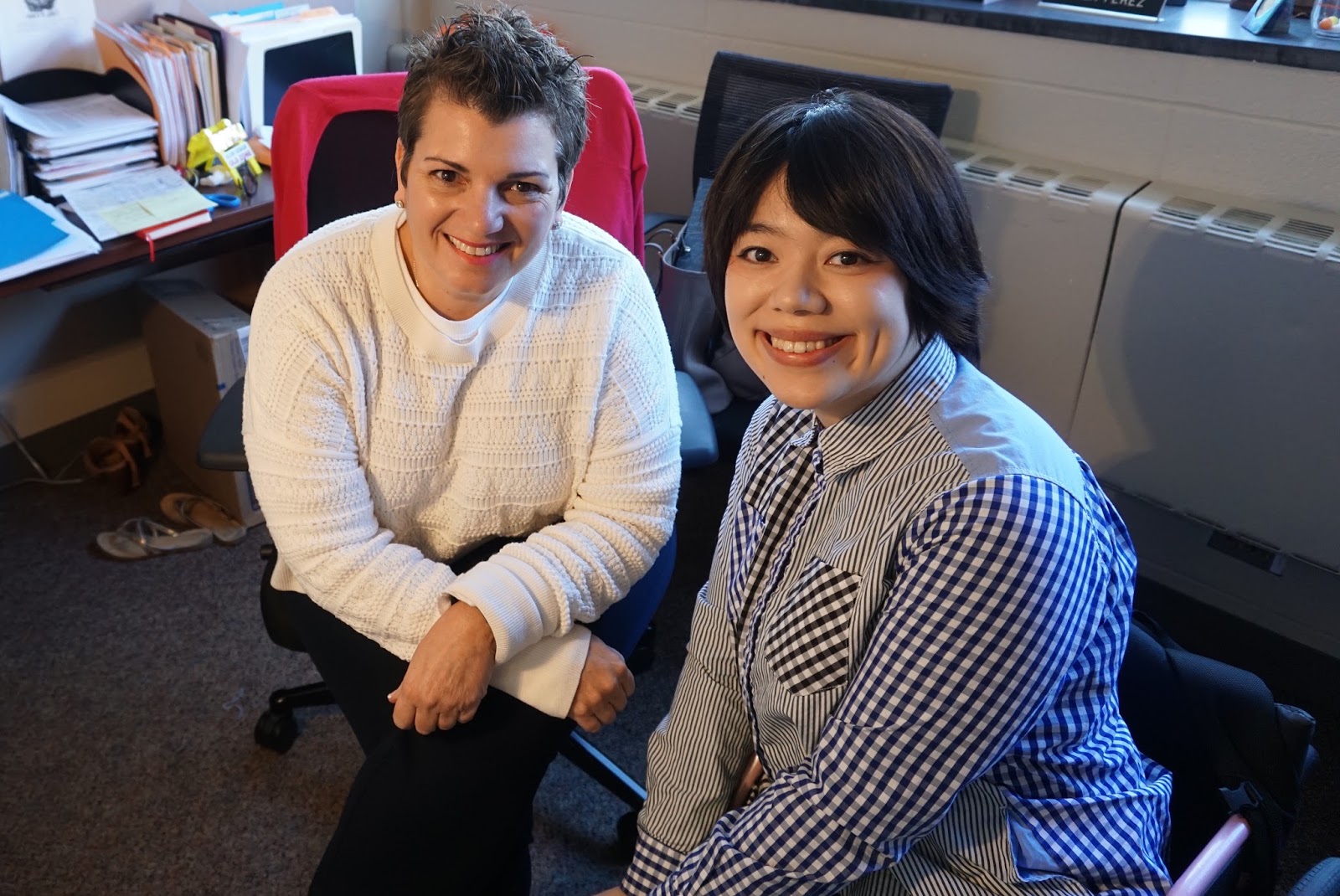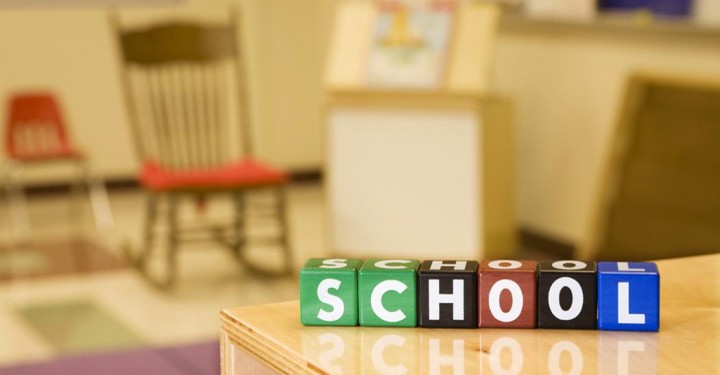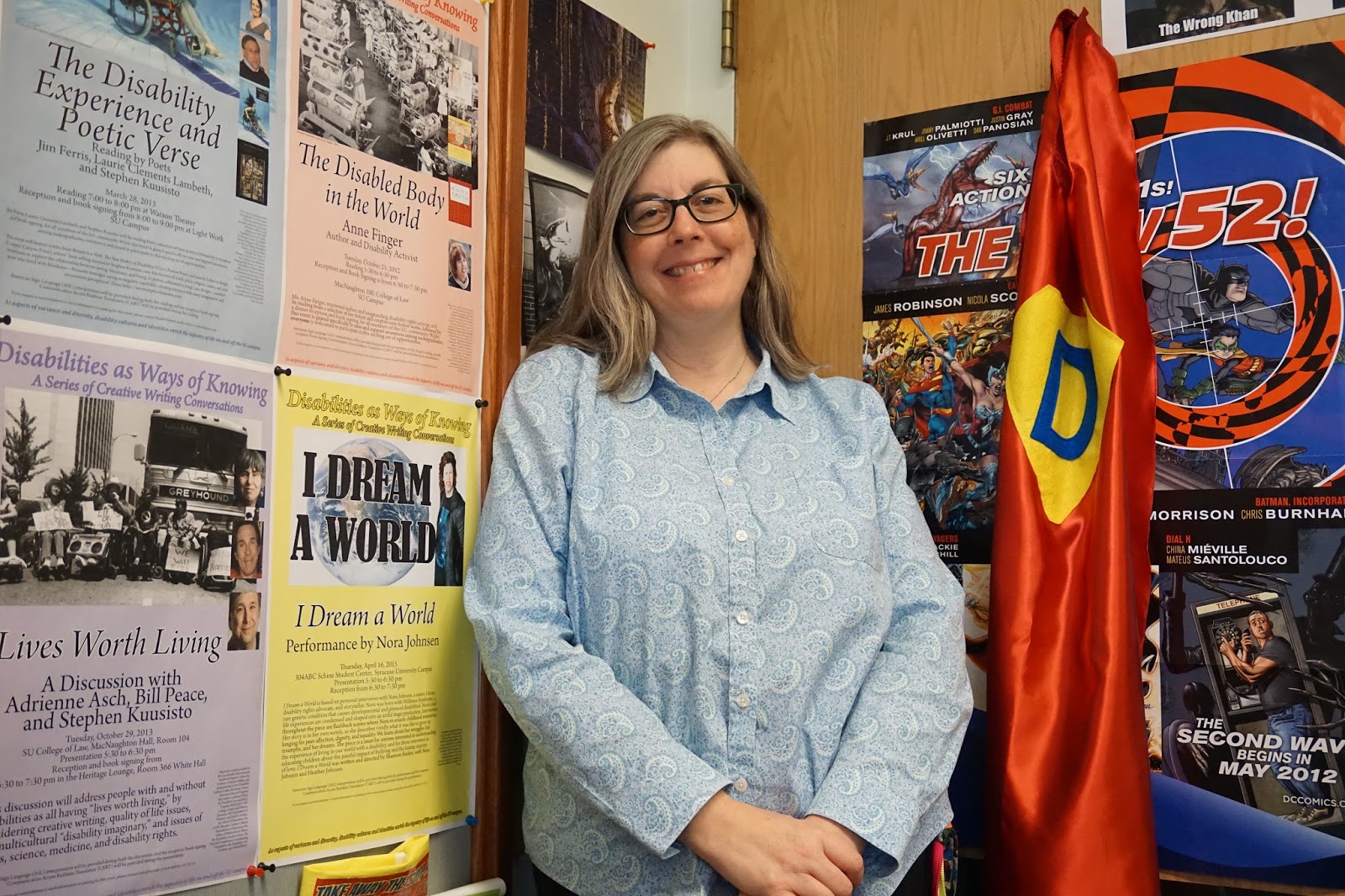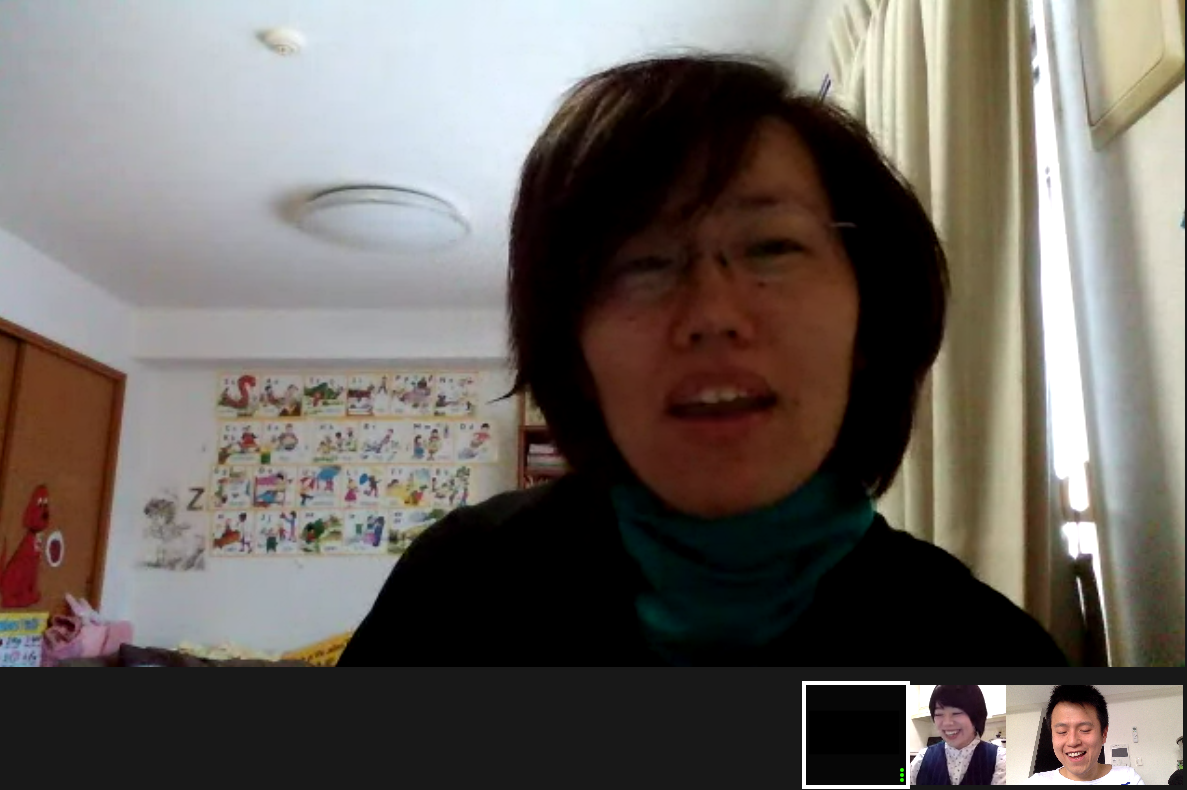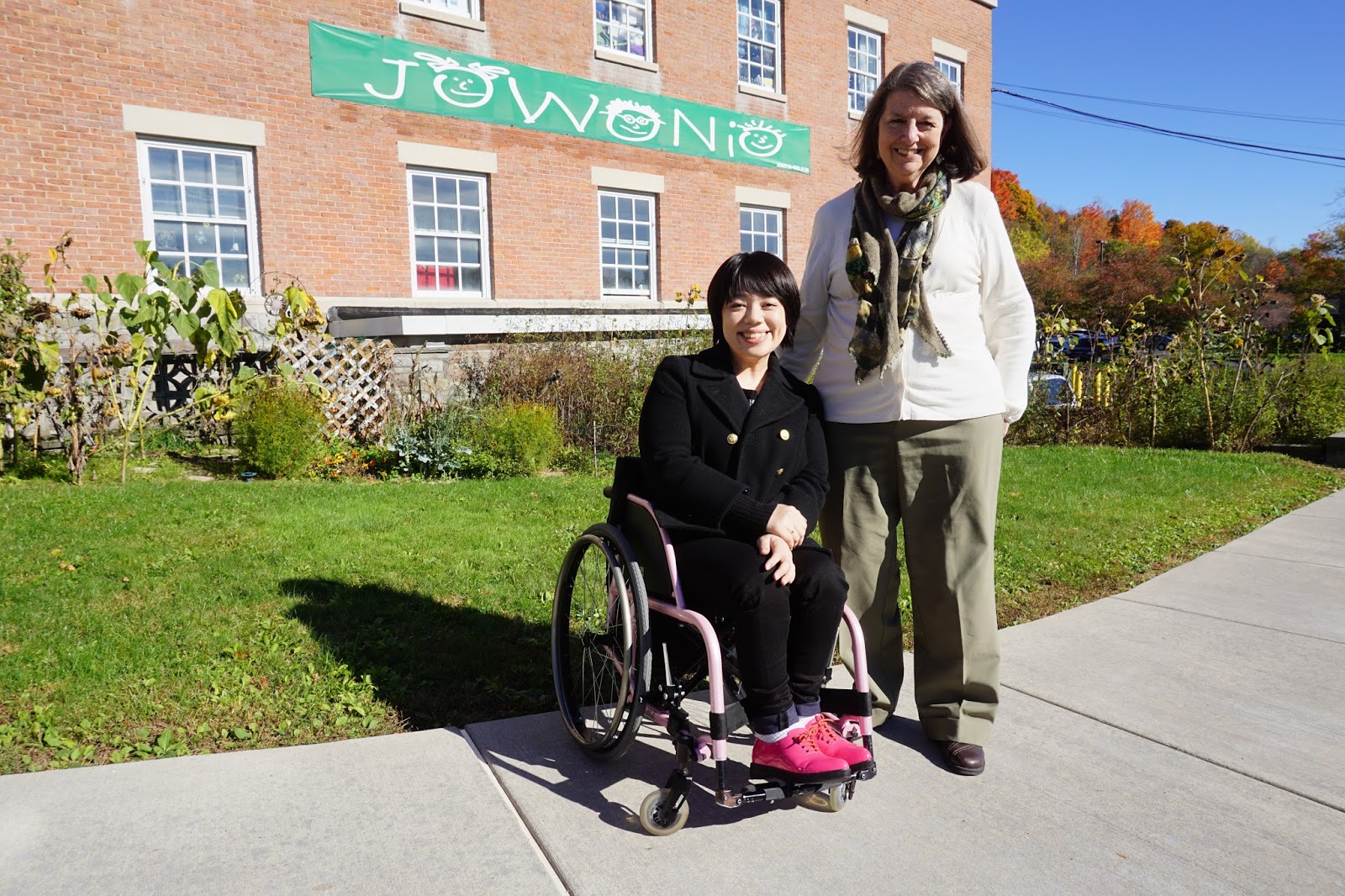In February, I have visited a non-profit private school, Academy for Precision Learning (APL) in Seattle. APL offers K12 (kindergarten to high school) education and has 109 students in total, including students with disabilities. The largest number of disability is autism spectrum disorder which accounts two thirds of the total students. Other diagnostic representations include intellectual disabilities, Learning Disabilities, ADD/ADHD, and Depression. The specialty of APL is fully inclusive education and individualized curriculum. From a general Japanese education perspective, people might feel “What is the meaning of putting students with with disabilities with students without disabilities in the same classroom although they cannot study the same subject at the same speed?” There are actually important values and benefits of including all students from various backgound to learn in the same environment.
The Future of Learning Environment -Power of Diversity-


